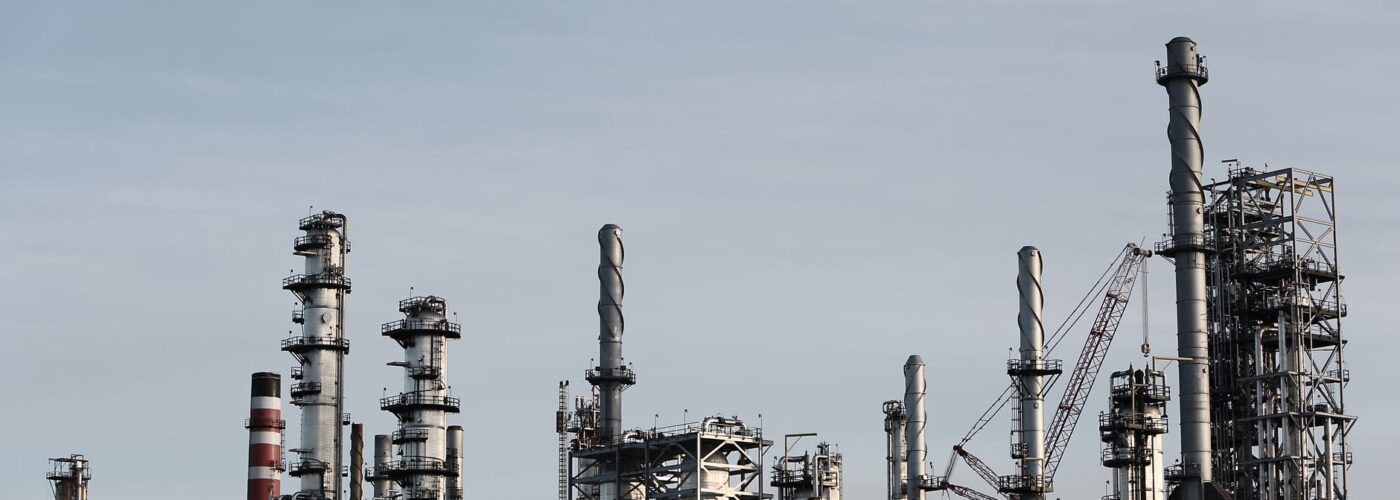Smart factories are the future of manufacturing. The onset of the Fourth Industrial Revolution or Industry 4.0 brings digital transformation to the global manufacturing sector, and forward-thinking companies are making strides in optimising digital technologies and integrating these into their production processes. While leading industrial and commercial organisations are focused on building and acquiring smart factories, governments around the world are also making significant efforts to make their jurisdictions become a preferred base of operation for businesses that are pushing for the digitalisation of manufacturing.
A 2018 report published by the World Economic Forum provided a data-driven assessment of how prepared countries are to support the future of production, which is anchored in advanced manufacturing. The report used 2 major standards for measuring readiness for Industry 4.0: structure of production (SP) or the current production baseline, and drivers of production (DP) or the enablers of production system transformation. Of the 100 countries and economies that were assessed for future production readiness, only 25 countries were deemed to be Leading or are in the best position to benefit from the transformation of production. Of the group, only 5 countries in East Asia and the Pacific are prepared to reap the benefits of Industry 4.0: Singapore, Malaysia, Korea, Japan, and China.
Singapore
Singapore ranked 2nd in DP with a score of 7.96 and 11th in SP with a score of 7.28. The contribution of the manufacturing sector to the country’s economy rose considerably from 11% in the 1960s to 20% today. During this period, the city-state focused on developing high competencies in areas in manufacturing that are considered to be high-value, such as research and development and product design. The Singapore government also maintained a future-oriented approach to smart industries, and this helped strengthen the country’s position as a preferred industrial hub for global companies. Presently, Singapore serves as a manufacturing location for leading industrial firms like Shell, Merck, and Micron. On top of a thriving industrial ecosystem that is composed of engineering, construction, and procurement firms, Singapore also supports research institutes that aim to develop technological solutions with a global impact.
Malaysia
Malaysia ranks 22nd in DP and 20th in SP with scores of 6.51 and 6.81, respectively. While it’s not a high-income country, Malaysia welcomes a high level of global trade and investment, and many of the companies that are based in the country are welcoming the use of disruptive ideas and investments in emerging technologies. Also, the national government is embracing its role in ushering forth digital transformation by introducing initiatives such as making high-speed broadband communication more accessible to potential industrial parks, improving the competence of higher learning institutions and reskilling programmes, and providing readiness assessments and intervention programmes.
Korea
The Republic of Korea is among the highest-ranked countries in terms of SP at 2nd place, while its DP is just a step above Malaysia at 21st place. In the past decades, the country has experienced significant growth from an economy that is mostly dependent on agriculture to one of the top manufacturing destinations today. Korea has the 6th largest manufacturing sector in the world and the 4th most complex economy. At the same time, the country has a well-developed R&D sector, and this is poised to play a significant role in ensuring that Korea will be one of the proponents of the next production paradigm.
Japan
Japan is a leader in technical innovation and has the highest rank in SP, scoring 8.99 out of a total of 10. In terms of DP, the country occupies the 16th spot globally with a score of 6.82. It currently has the 3rd largest manufacturing sector, and for decades, the country has claimed the top spot in having the most complex economy in the world. Japan’s government has launched several programmes that support the efforts to use emerging technologies to transform production and society. Still, the country needs to address challenges related to human capital to ensure its continued growth during the Fourth Industrial Revolution.
China
China has the largest manufacturing sector in the world. Since the turn of the millennium, the country has shifted its focus from manufacturing low-cost goods to advanced products, and in 2015, the government launched a programme called Made in China 2025 to upgrade its manufacturing sector and fund innovation. However, the country is quite large, and the level of modernisation across the country varies greatly. China presently ranks 5th in SP with a score of 8.25 and 25th in DP with a score of 6.14.
Digital transformation is a multi-year journey, and even countries that are leading the rest of the world in the Fourth Industrial Revolution still have plenty of room for improvement. The cooperation of the private and public sectors will play a big role in enabling countries that are in the different phases of adopting digital technologies to improve their numbers and readiness for smarter manufacturing practices.





